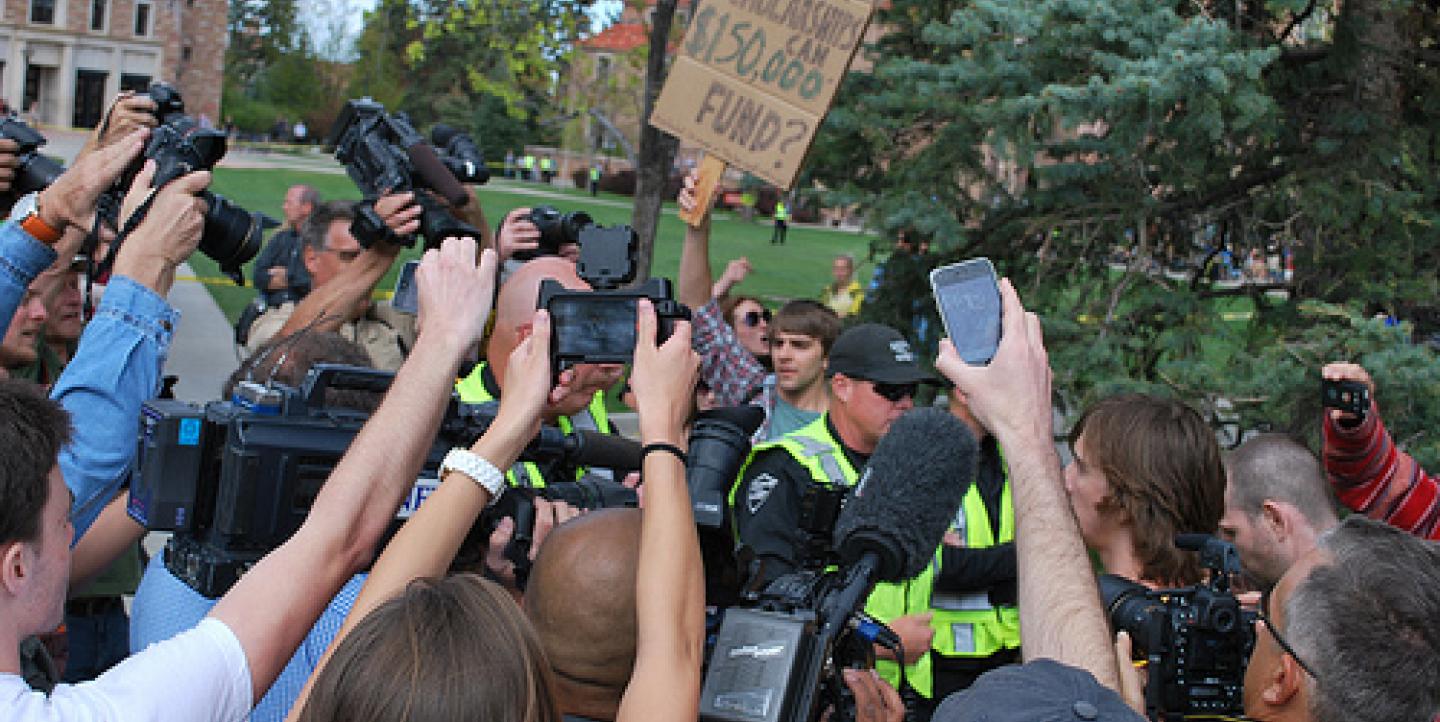When news sites can't be on the scene of a story or want to add context, they often publish or link to citizen journalists' photos, videos or other content.
The Associated Press has updated its AP Stylebook with an expanded section on best practices for handling user-generated content.
Here are a few of the AP Stylebook's tips:
Verify: To make sure the material is legitimate, accurately frame the audio, photo or video with the surrounding story. For the AP, this means "tapping into our considerable knowledge base, drawing on the expertise of AP staff around the world." Try checking with regional experts familiar with the event or location, or cross-check with officials' versions.
Track down the original source: Once a video or photo gets posted to social media, it sometimes spreads like wildfire, making it difficult to track down the seed. The AP suggests identifying the content owner, asking permission to use the material and making the permission explicit in your post.
Give credit: Once you identify the original content owners, give them credit if they're willing to share their name, or even use a social media username.
Provide context: In your post, explain the users' relationship to the events at hand, whether they were local activists, photographers or just witnesses on the scene.
Don't publish it until you're sure: Don't let a ticking clock beat out the verification process, AP social media and user-generated content editor Fergus Bell says in this Poynter piece. “Even if something is incredibly compelling and it doesn’t pass one of our steps, then it doesn’t go out,” Bell says.
_Via 10,000 Words._
Image CC-licensed on Flickr via Digital News Test Kitchen.

